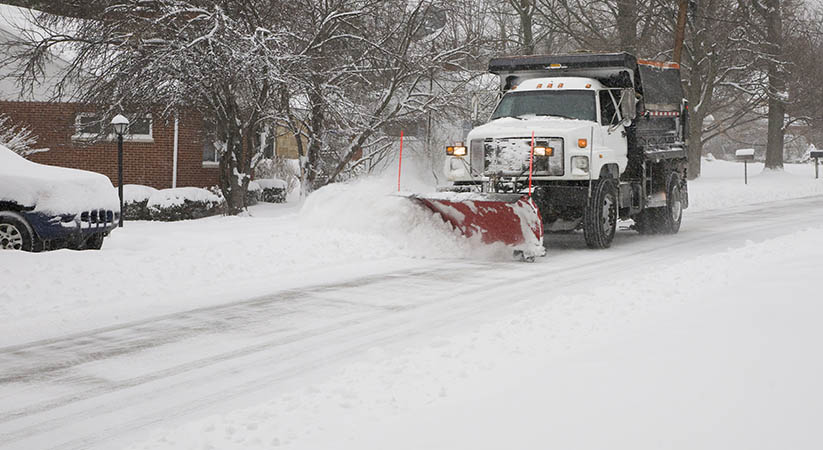Apart from various other snow removal options, deicing and anti-icing can help maintain a safe and ice free surface. Granular substances have become a helpful method in maintaining safe conditions during and after any storm. In order to understand snow and ice in a better way, professionals need to know the disparity between deicing and anti-icing.
Icing and deicing
Deicing – It is the application of ice-controlled products on driving and walking surfaces so as to melt different forms of snow. Experts perform deicing after the completion of snow removal operation. It is spread using snowplows.
Anti-icing – It is the proactive use of chemical products of ice melting on driving and walking surfaces before a storm. It prevents snow and ice from being embedded into the pavement, thus letting the professionals clean the surface without difficulty. It is cost effective compared to deicing and is safer during winter.
Hire snow removal company
But experts cannot depend on just one method for deicing and anti-icing since every chemical and storm is different. The most common deicer used for sidewalks is Sodium Chloride, but salt water freezes at minus 18 degrees and salt starts losing its effectiveness below this point. The most common deicing method is to mix the salt with sand or gravel. Sand is an efficient way to improve traction, but it does not allow the workers to use as much salt as required for the surface. Depending on the concentration level, it can prove toxic to plants, animals and humans too. Therefore, less deicing takes place, while cleaning up, and environmental reasons associated with sand rises.
In case of minus 20 degrees, Calcium Chloride is another useful substance to melt ice. Since it is an exothermic salt, it releases more heat, melting the ice faster than other regularly used deicers. Despite the advantage, it has a drawback as it attracts moisture from the air after the ice has melted, leading the pavements to remain moist. If the moisture freezes again, it can lead to icy situations, and ice expansion can damage the surface. Wet dry and freeze-thaw cycles can help in flaking or chipping. Since Calcium Chloride is corrosive to metals, it is expensive.
Just like Calcium Chloride, Magnesium Chloride is also an exothermic salt and absorbs moisture from the air. When Calcium Chloride is mixed with sand or salt, it helps the ice to melt fast when applied on the surface. The workers can also apply it directly, in the form of liquid, on the surface before the arrival of a storm. It is effective when the temperature ranges from minus 15 to 20 degrees. It is better than NaCl but not as efficient as CaCl.
It is best if professional ice removal company understand how these chemicals work as it is essential to remove snow and ice without causing any harm to the public.






